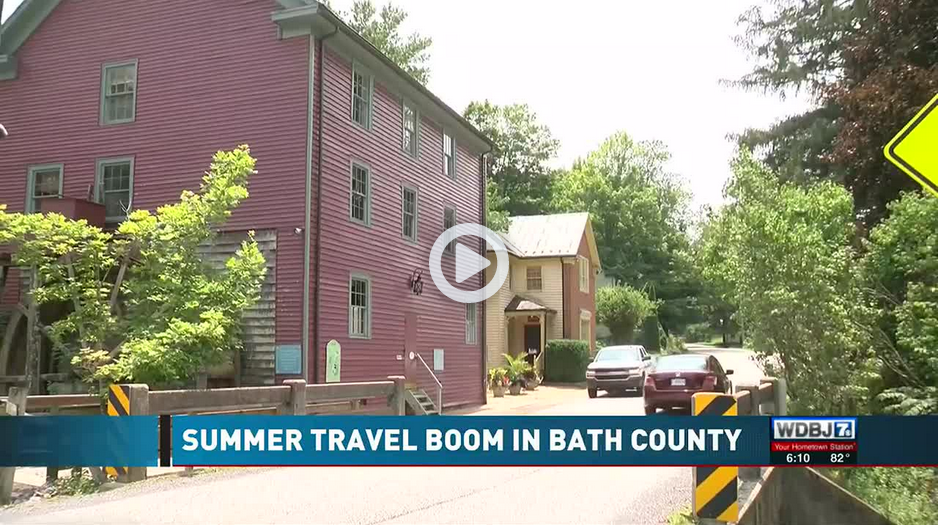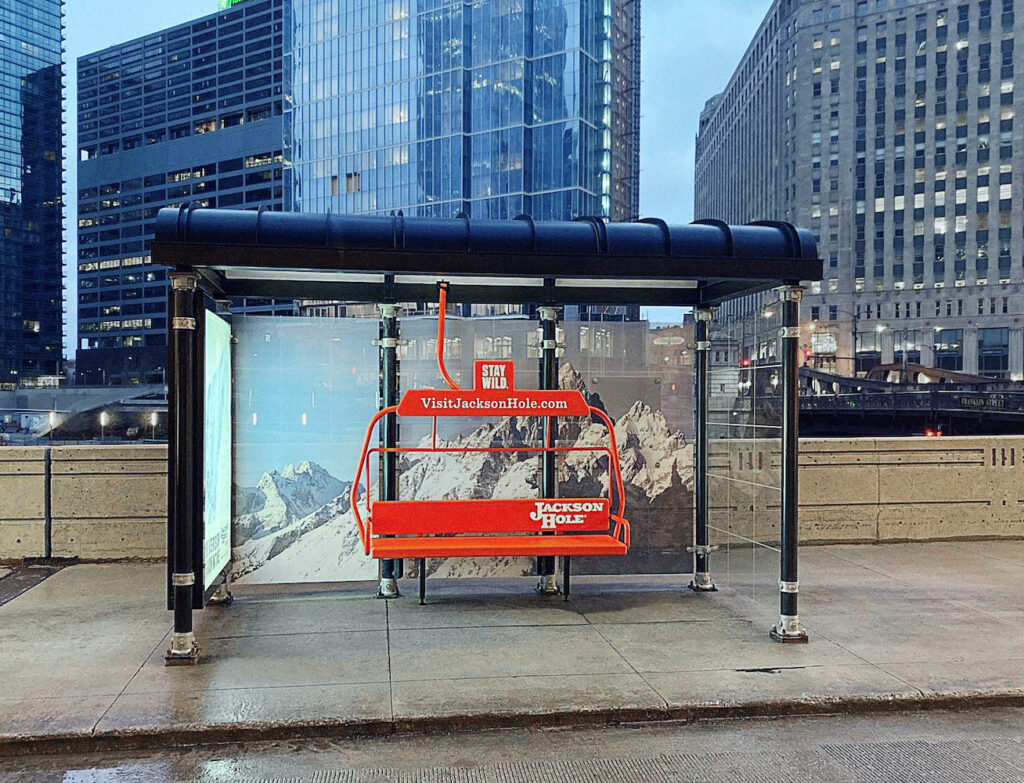Lately, there is not much on the evening news that puts me in a good mood. This brief mention of tourism in Bath County, however, made our entire team happy. This is what we work for.

This segment on WDBJ in Roanoke is just a brief update, but if it were a more in-depth examination of the post-pandemic tourism recovery in Bath County, what else might be included in the report?
It’s true there is pent up demand for travel and a lot of destinations are seeing visitors return. It’s also true that Bath County has amazing lodging properties that all have loyal repeat visitors who are likely itching to return to what they have missed for more than a year. If it seems like Bath County is slightly ahead of some (but not all) destinations, I for one will not be surprised. I don’t believe in coincidences.
- During the pandemic when some destinations paused marketing, the county Office of Tourism proceeded with most of its planned advertising. The message was carefully crafted, but the objective was to remain top-of-mind when travel resumed.
- The targeted advertising included 1.8 million impressions in print outlets; 3.1 million impressions on online outlets including websites and e-newsletters; 404,000 video impressions, including online pre-roll and streaming TV services.
- The paid advertising was supplemented by social media engagement, a growing bi-monthly e-newsletter and earned media coverage in Blue Ridge Motorcycling, Forbes.com, veranda.com, Recreation News, Blue Ridge Outdoors and more.
- Over the past 12 months, traffic to DiscoverBath.com was up 50% over the same period a year earlier. That followed a 57% between last year and the year before. Page views have more than doubled within two years.
Bath County tourism marketing was on the rise before the pandemic struck and brought travel to a complete stand still. We were confident at the time that the solid metrics of website traffic, visitor guide requests, newsletter opt-ins and social media followers combined with the decision to continue marketing through the downturn would all lead to a swift and robust recovery. We will not know economic impact numbers for quite a while, but early indicators suggest that we were correct.



